Early Verdict
In our early assessment, Amazon has succeeded in bringing color to the Kindle family. The technology is impressive and the color is warm and, for reflective display technology, rich. Underneath it all is essentially the new Paperwhite Signature, the largest and fastest single-purpose Kindle we’ve seen to date. Overall, an exciting addition to the Kindle family that we can’t wait to fully test.
Pros
- +
Color E Ink!
- +
Thinner and lighter than ever
Cons
- –
Slightly less battery
- –
Color is lower resolution
Why you can trust TechRadar
We spend hours testing every product or service we review, so you can be sure you’re buying the best. Find out more about how we test.
Color me not surprised but genuinely pleased that Amazon has finally delivered its first color Kindle.
In the 17 years since the first Kindle first arrived, e-reader display technology has moved at a glacial pace, especially when compared to, for instance, the iPhone, which was released that same year. While that product has seen significant updates across every aspect of the mobile device, Amazon’s Kindle has more or less tried on different outfits, from the giant DX to the oddly-shaped Oasis. Amazon and its display partner E Ink gradually improved the pixels per inch to a robust 300 and the contrast ratio to something approaching paper (marked with the breakthrough product Paperwhite). Along the way, we got touch screens and far better LED support lighting for when there isn’t enough sunlight.
Nothing, though, has felt like a breakthrough or something that might fundamentally alter our Kindle e-reader experience. Not until today, that is.
I get that a color screen in our world of Ultra HD, Super Retina, and QuadHD displays might seem quaint but delivering color on an e-reader is no trivial matter. E Ink display technology is the opposite of active. It’s a physical technology where tiny black and white balls are energized to turn to the black or white side to generate an image. Once the image is on your E Ink screen, it takes zero energy to keep it there. E Ink displays generally only use battery power when refreshing the screen. It’s why your Kindle battery lasts weeks instead of hours (WiFi and the LED lighting will eat up the most juice) and why these screens are not intrinsically designed for full color.
And yet, I just spent an afternoon with Amazon’s new Kindle Colorsoft and was pleasantly surprised at the richness of color. While it is nowhere near as vibrant as an LCD or OLED display, it is a significant step forward for e-reader technology.
Pricing and availability
Amazon announced the Kindle Colorsoft on October 16 along with a new Kindle, Kindle Paperwhite 12 gen, and Kindle Scribe. The Kindle Colorsoft lists for $279.99 with 32GB of RAM and ships on October 30.
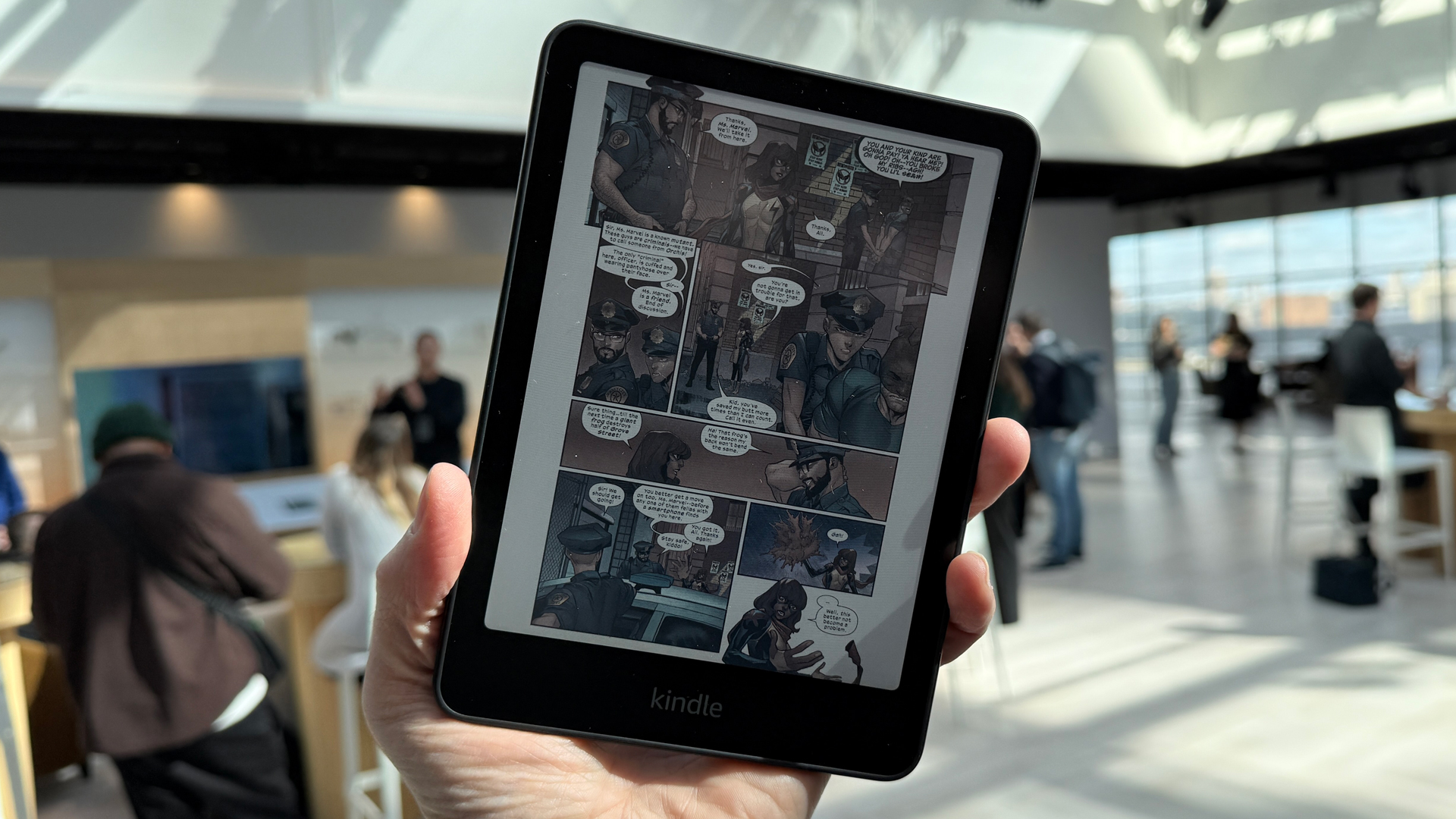
It’s Paperwhite plus color
Amazon’s first color e-reader is still built on the foundation of what is ostensibly its best Kindle: the new Paperwhite Signature edition. That means it has the same 7-inch screen (up from 6.8 inches), wireless charging, and a thin and light, virtually waterproof chassis. It’s still a 300 ppi Oxide backplane display, and in black-and-white mode, it offers page turns that are virtually as fast as those of the non-color display.
The 4000-color capabilities come by way of a filter co-developed with E Ink that uses Nitride LEDs to assign pixel-level colors. This is in contrast to the color E Ink Gallery 3 display on the new Remarkable Pro, which uses colored particles to generate on-screen colors. Amazon Kindle VP Kevin Keith told me Amazon chose the color filter because the other technology suffers from too much flashing, ghosting, and latency.
Display: 7 inches
Resolution: 300 ppi (150 ppi color)
Dimensions: 127.6 x 176.7 x 7.8 mm
Weight: 219 grams
Amazon chose to move forward on a color Kindle now because it saw the opportunity to build a better color filter with E Ink and rebuild the display stack to support it. In other words, Amazon saw a chance to do a color Kindle its way. “Everything we do is customized. None of it is off the shelf. It’s all customized by our display engineers and every level of the stack is created by our team,” said Keith.
Part of that stack is the new oxide backplane (also found in the new Kindle Paperwhite), which replaces the amorphous silicon of previous models. This change improves the refresh speed (on the Kindle Paperwhite, it’s by a full 25% faster than on the last model, but it’s’ slightly slower here and noticeably so on the color images) and the contrast ratio.
It turns out that the oxide backplane and Nitride LEDs were also crucial to maintaining the contrast. “The [color] filter pulls down the contrast ratio a little bit,” Kieth told me, “and we were able to use the backplane and the LEDS to boost the contrast back up. If we hadn’t done that, it would dramatically make the reading experience worse.”
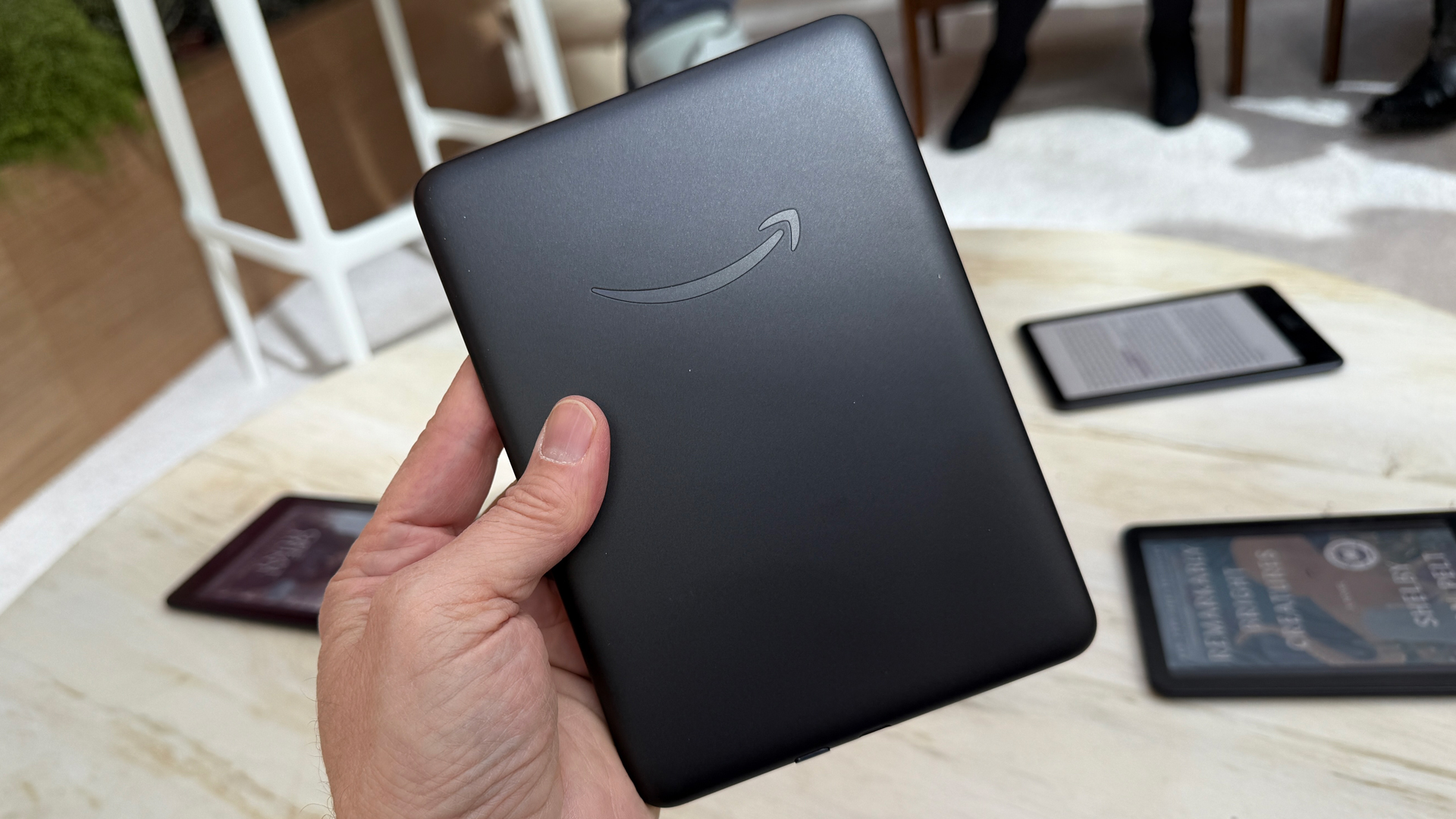
Even though Kindle e-readers eat most of their energy on page refresh, and you would think faster refreshes would eat more power, the opposite is true. The oxide backplane has a higher peak voltage than amorphous silicon, 24v versus 15v, which helps it drive faster page refreshes and richer contrast. One Kindle engineer explained to me that because the Kindle Paperwhite and Kindle Colorsoft are spending less time building these pages, they’re saving energy.
There is, however, a battery hit. The Kindle Paperwhite is now rated for 3 months of battery life, while the Kindle Colorsoft, which has a slightly larger battery, offers up to 8 weeks. I know that’s still a lot of use for one charge, but it is worth noting that the color display comes with a cost.
Keith told me the Nitride LEDs are more color-friendly than the white LEDs used on previous Kindles. “Then we use these coatings to focus the light through individual pixels instead of mixing colors together. The Nitride LEDS are key to that but it’s also with these coatings that they put through the display stack that enables the focus to happen.” Put another way, Keith explained, it’s focusing the light through individual pixels of color instead of just a spray that mixes color together.
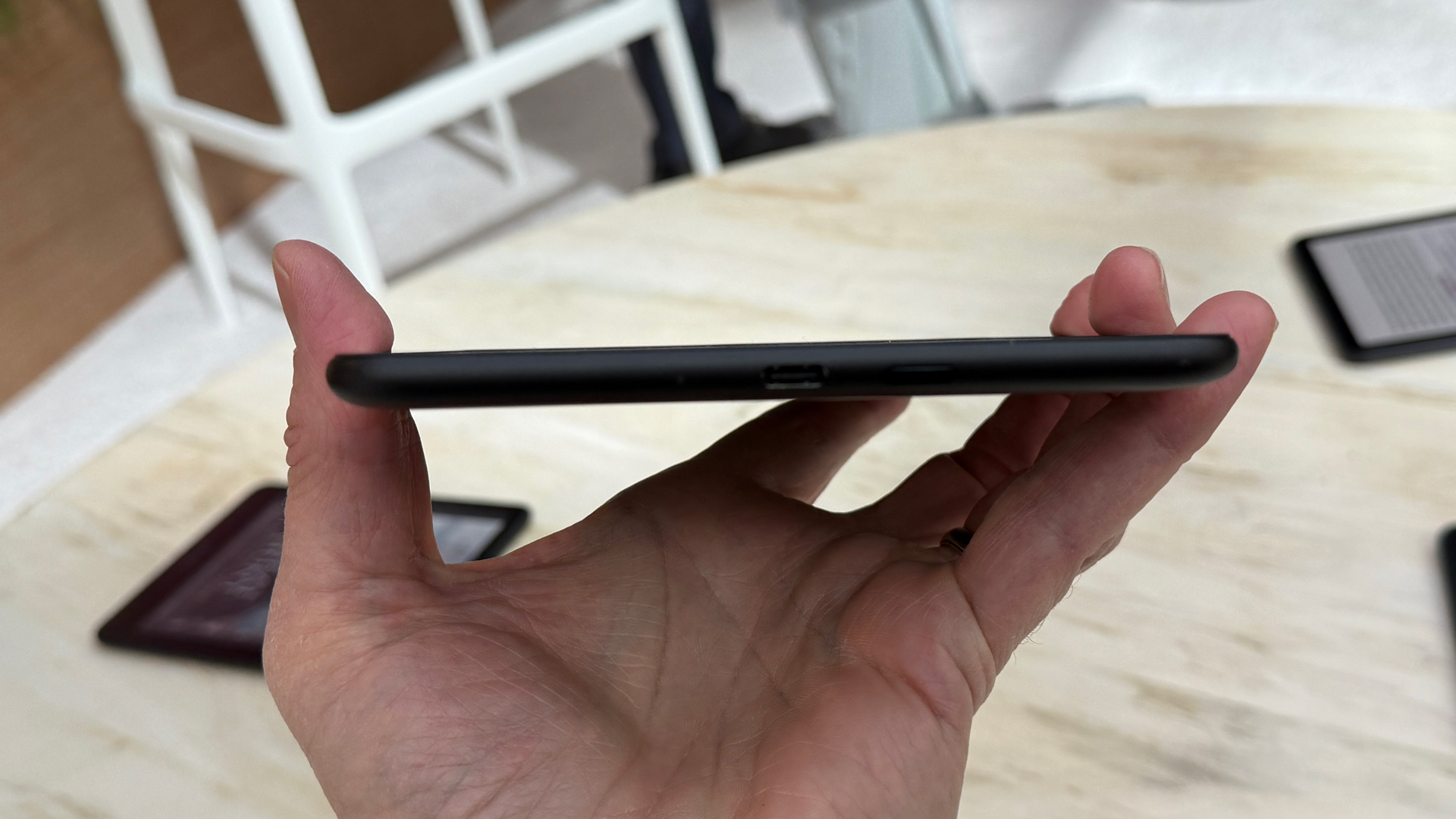
A color experience
With each generation, Amazon’s best Kindles get closer and closer to a paper (or paperback) experience. Like the Kindle Paperwhite Signature on which it’s based, the Kindle Colorsoft is about 2mm larger than the last Paperwhite, but it’s also thinner and lighter. The larger screen, going from 6.8 inches to 7 inches diagonally, is simply icing on the cake of an ultra-thin book-like experience.
The new color display brings living color to all the book covers in your Kindle Library. It doesn’t matter if you downloaded the book last week or five years ago; if it had a color cover, then the book jacket will be in color today on the Kindle Colorsoft.
If you’re like me, then you spend most of your time reading lots and lots of black-and-white text on your Kindle. Sometimes, I scroll through my Kindle Library and pause on one of the few graphic novels because I sometimes read these colorful tomes on an iPad. When I consider reading them on the E Ink Kindle, I always pass because I can’t see the point of reading them in the comparatively dull monochrome.
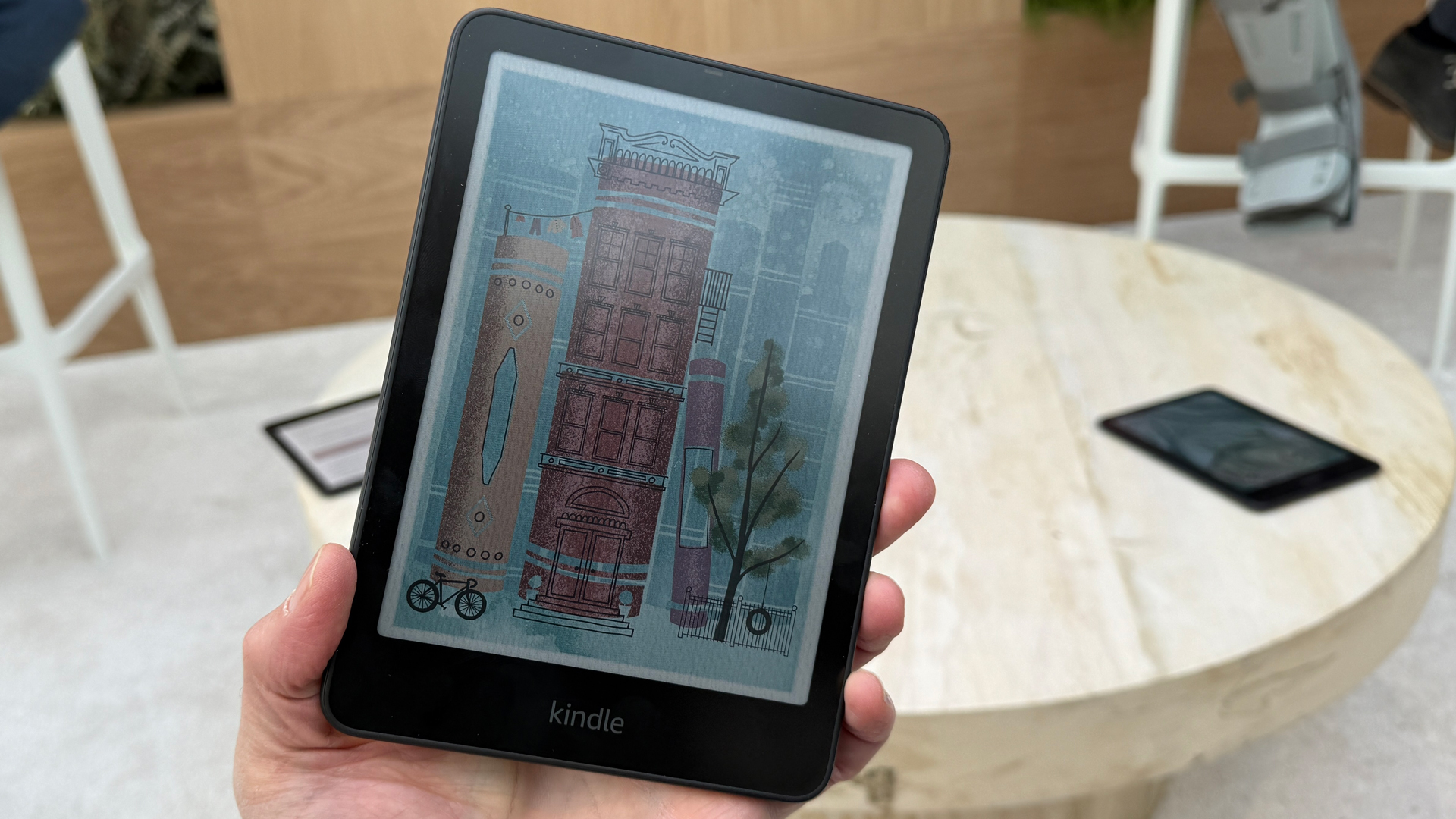
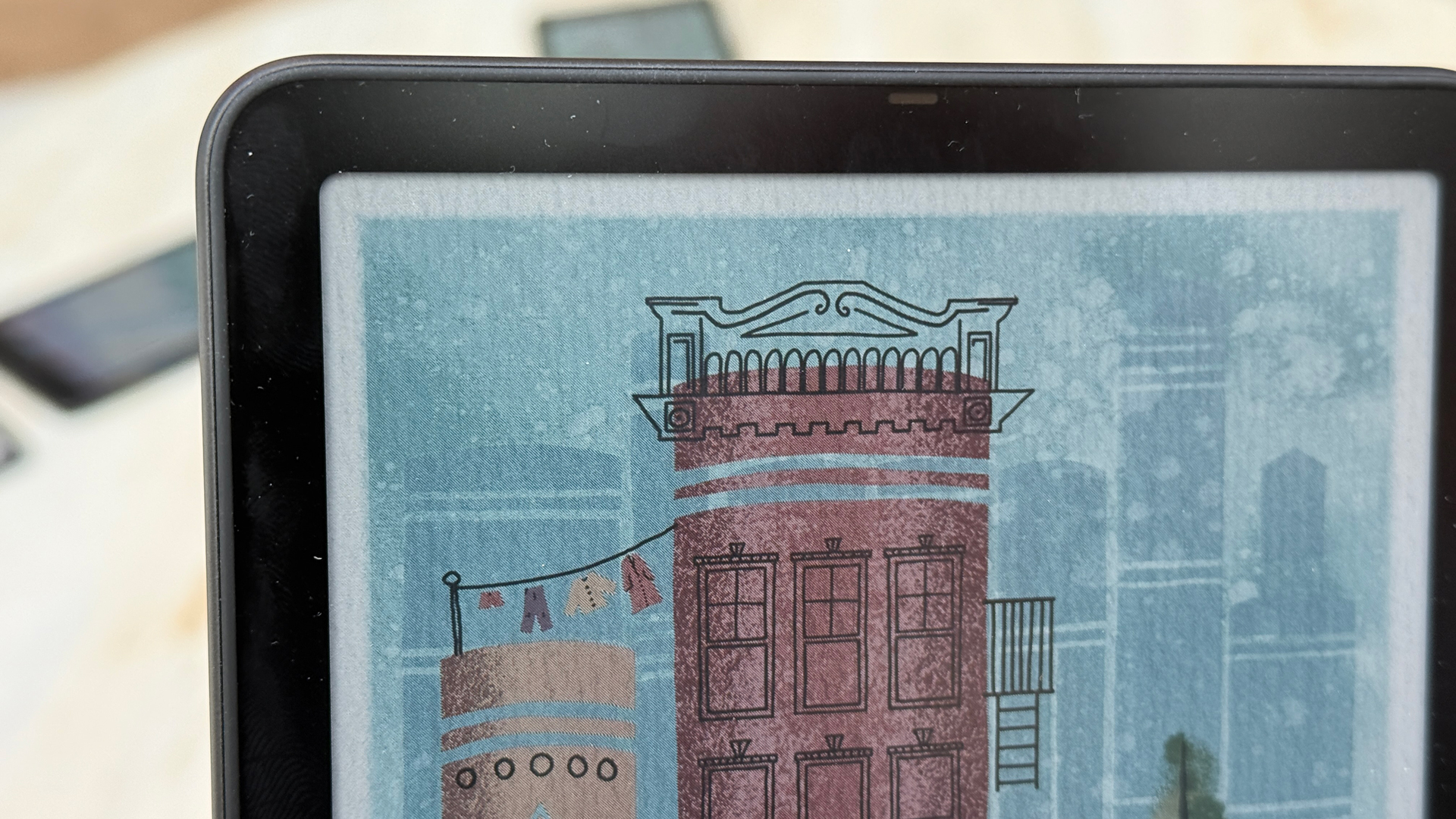
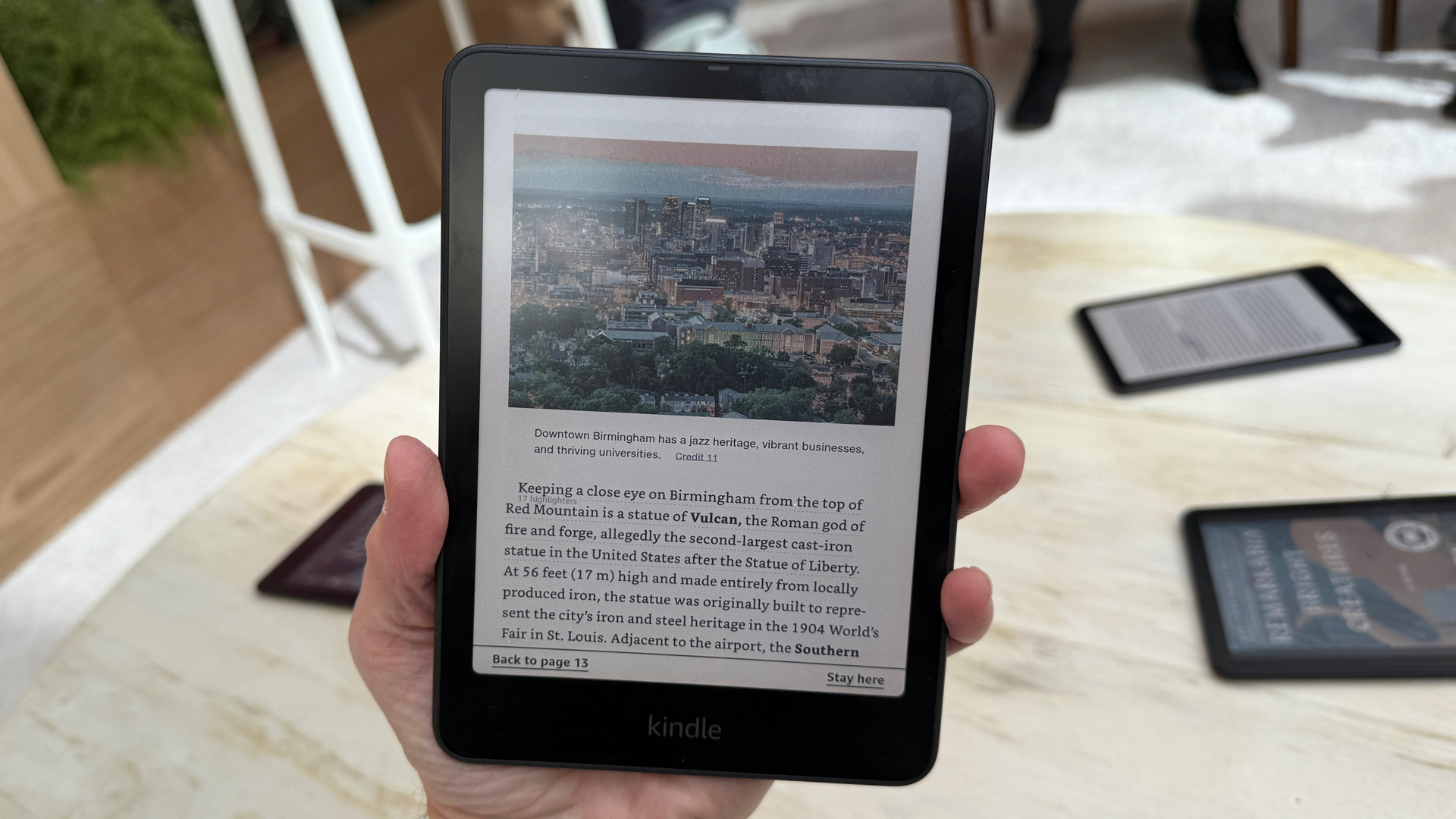
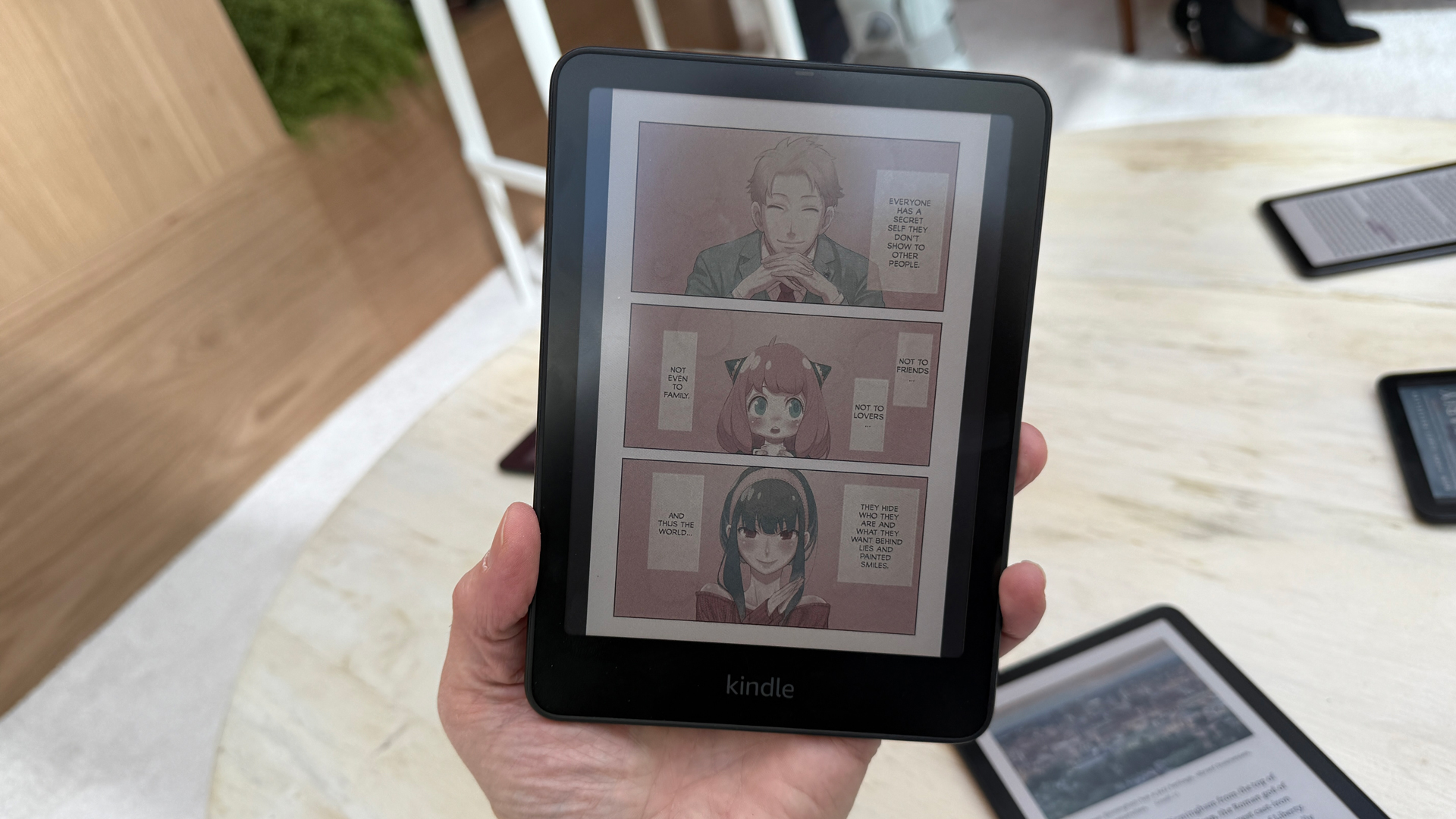
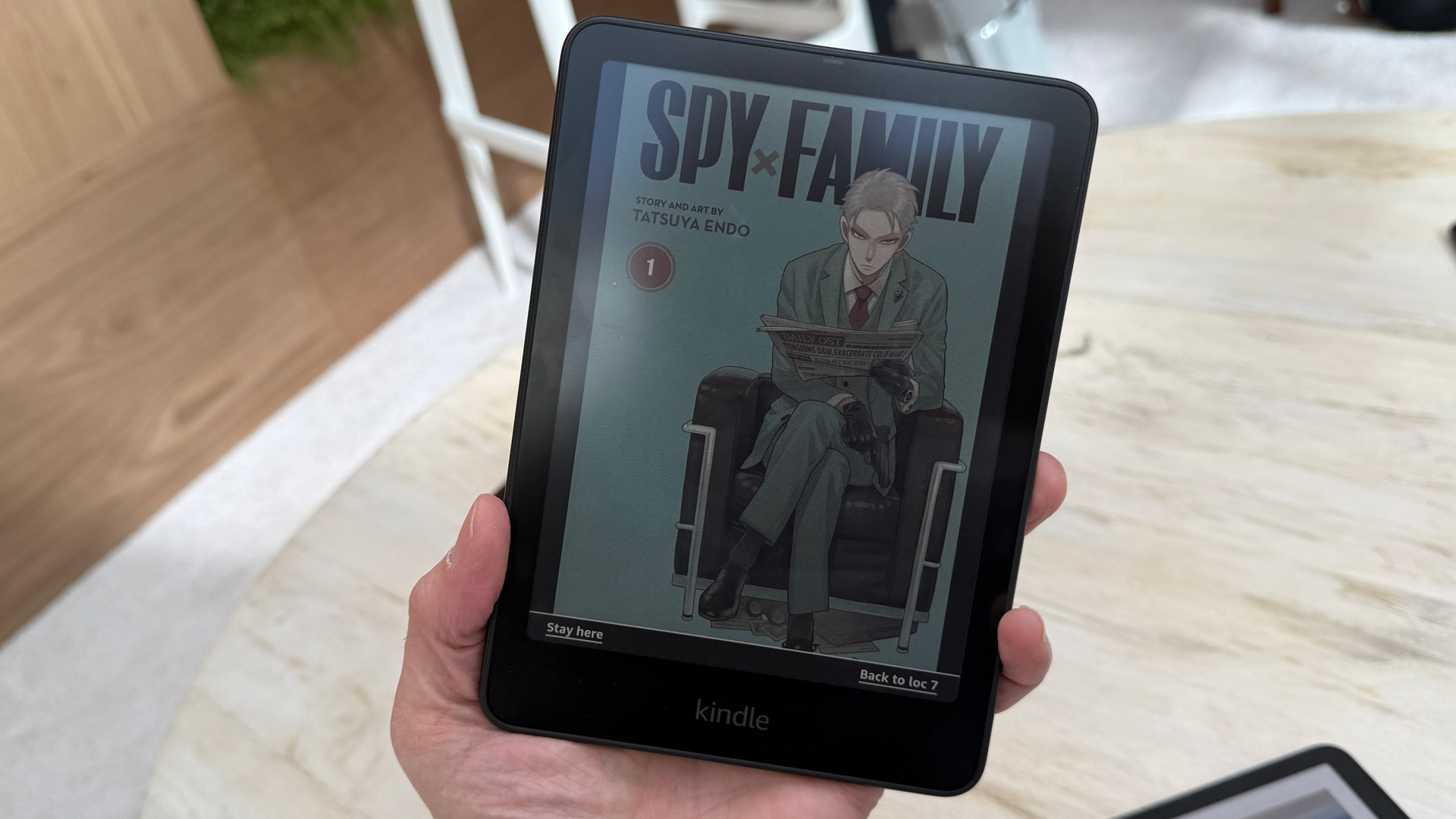
Naturally, the experience on the Kindle Colorsoft is significantly different. It’s built to deliver a relatively rich color experience that dives below the surface of a cover and into, for instance, the richly drawn and colorful panels of a Deadpool comic book.
Viewing the panels in direct sunlight and indirect light, I thought the colors looked good and warm but not particularly vibrant. They’re clear and easy on the eyes (no blue light!), but you should not expect the visual punch you’d find from, say, an iPad, iPhone, or Samsung Galaxy Tab display. E Ink, even color ink brought to you by some clever color filter, will never be the same as a backlit display.
It’s a level of color that I think works as a proxy for print. It has that kind of feel and holds up to the same kind of scrutiny.
Unlike true print, though, the Kindle Colorsoft screen supports pinch and zoom. I found I could zoom in and use gestures to move around a graphic novel page. Granted, the redraw on some of this was a bit pokey; you could see the Kindle Colorsoft screen doing its color work. Keith told me the system automatically does more flashing with color to remove ghosting. “If we don’t do that, you’ll start to see images behind images,” added Keith.
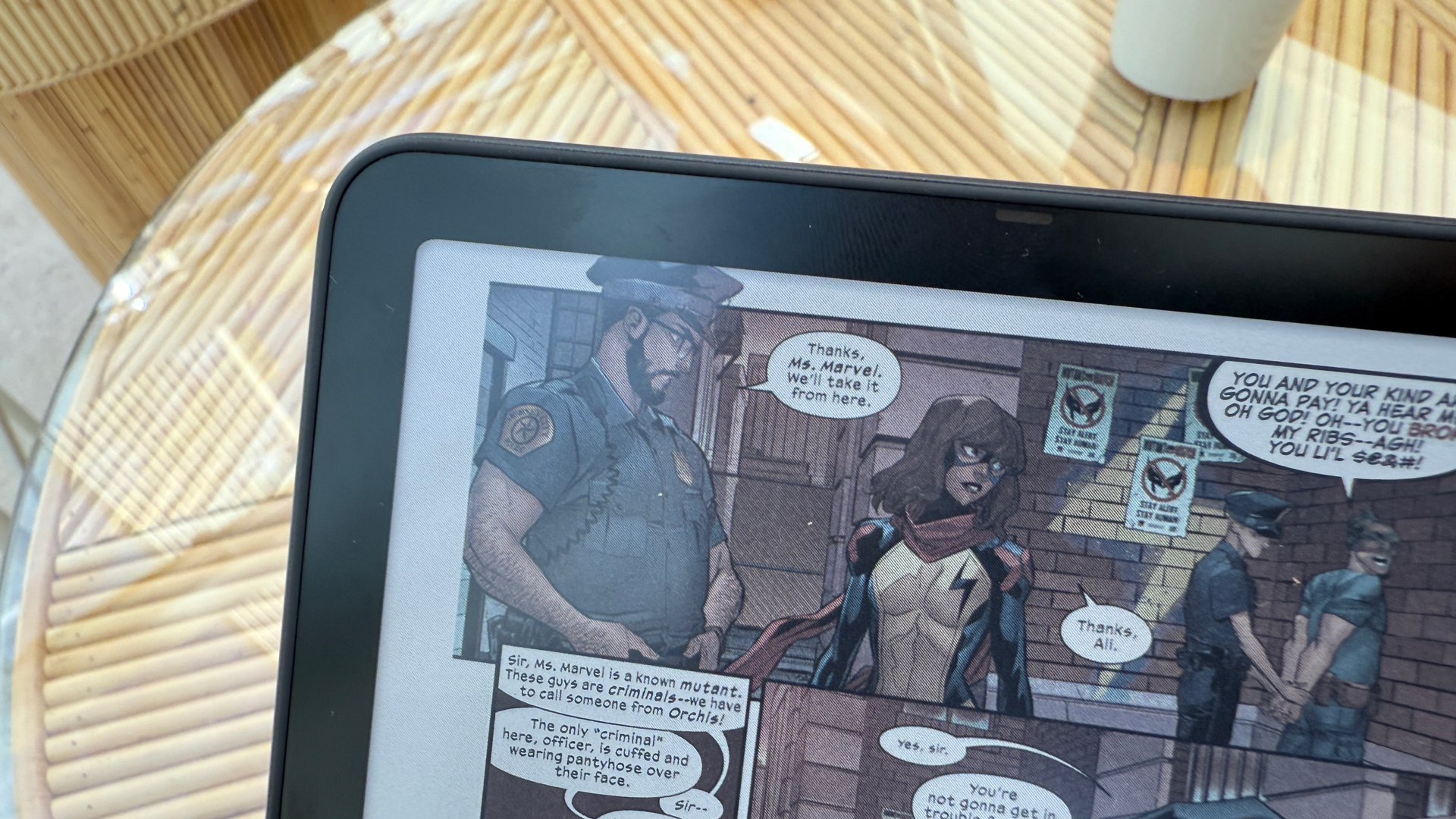
In another experience, I viewed a National Geographic book full of wildlife imagery. Again, the images are sharp and colorful but a bit muted. I also read some anime that looked pretty good. One thing I did do with a couple of the Kindle Colorsofts was raise the brightness to 100% to try and improve the vibrancy. After my all-too-brief hands-on time, I learned that while you cannot turn off color mode on Colorsoft, there is a color vibrancy setting; I have no idea if that’s on by default, though.
The color abilities even play out in highlighting content, offering four highlighter colors. Those colors are not just for variety. You’ll be able to search based on highlight color, and if you open your Kindle app on the iPhone or iPad, those same highlighted colors will appear there, too.
While I was generally pleased with the color performance, there is no escaping one important and niggling fact: color mode is only 150ppi. That’s right – half the resolution you will see when reading a monochrome book on the same device, and everything looks so good at that reduced resolution is an achievement in itself.
It’s hard to draw conclusions from my limited hands-on time, especially because the lighting situation was so inconsistent. Bright light bouncing off skyscrapers and into the demo space was a kind of harsh yet indirect light that didn’t necessarily suit the Kindle Colorsoft’s new screen technology. To truly assess the color and overall image quality, I need to move this device to my test bed, or rather bed, where I do all my Kindle reading.
You see, that’s the real test for Kindle Colorsoft. Can I comfortably and enjoyably read these new color images from the comfort of my favorite reading spot.

A 38-year industry veteran and award-winning journalist, Lance has covered technology since PCs were the size of suitcases and “on line” meant “waiting.” He’s a former Lifewire Editor-in-Chief, Mashable Editor-in-Chief, and, before that, Editor in Chief of PCMag.com and Senior Vice President of Content for Ziff Davis, Inc. He also wrote a popular, weekly tech column for Medium called The Upgrade.
Lance Ulanoff makes frequent appearances on national, international, and local news programs including Live with Kelly and Mark, the Today Show, Good Morning America, CNBC, CNN, and the BBC.
What is a hands on review?
Hands on reviews’ are a journalist’s first impressions of a piece of kit based on spending some time with it. It may be just a few moments, or a few hours. The important thing is we have been able to play with it ourselves and can give you some sense of what it’s like to use, even if it’s only an embryonic view. For more information, see TechRadar’s Reviews Guarantee.

SMBs are being hit hardest by cybersecurity skills gap

‘Sipultie’ online drugs market servers seized by Finnish authorities

What does it take to manage a top level domain?
Most Popular
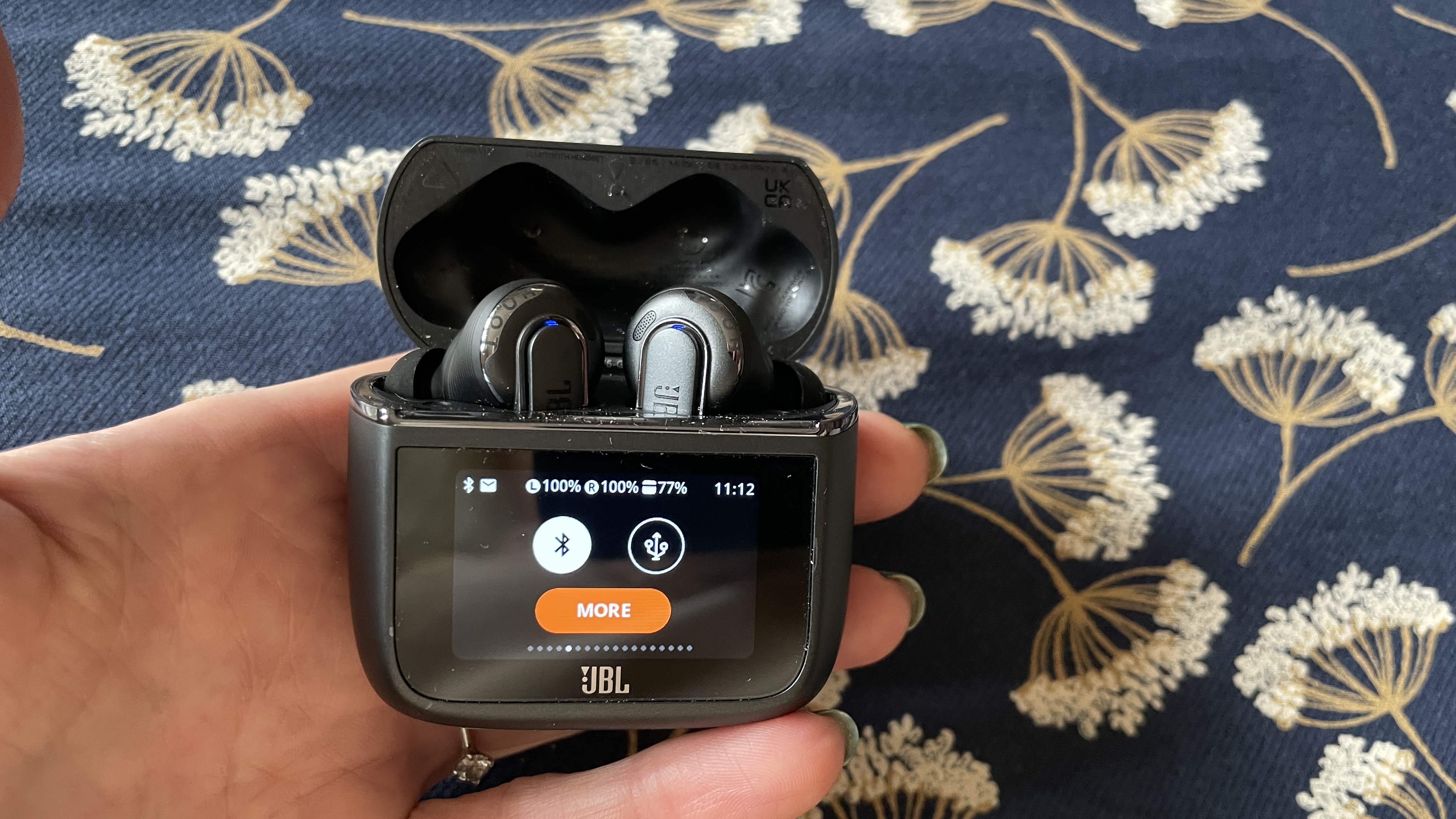

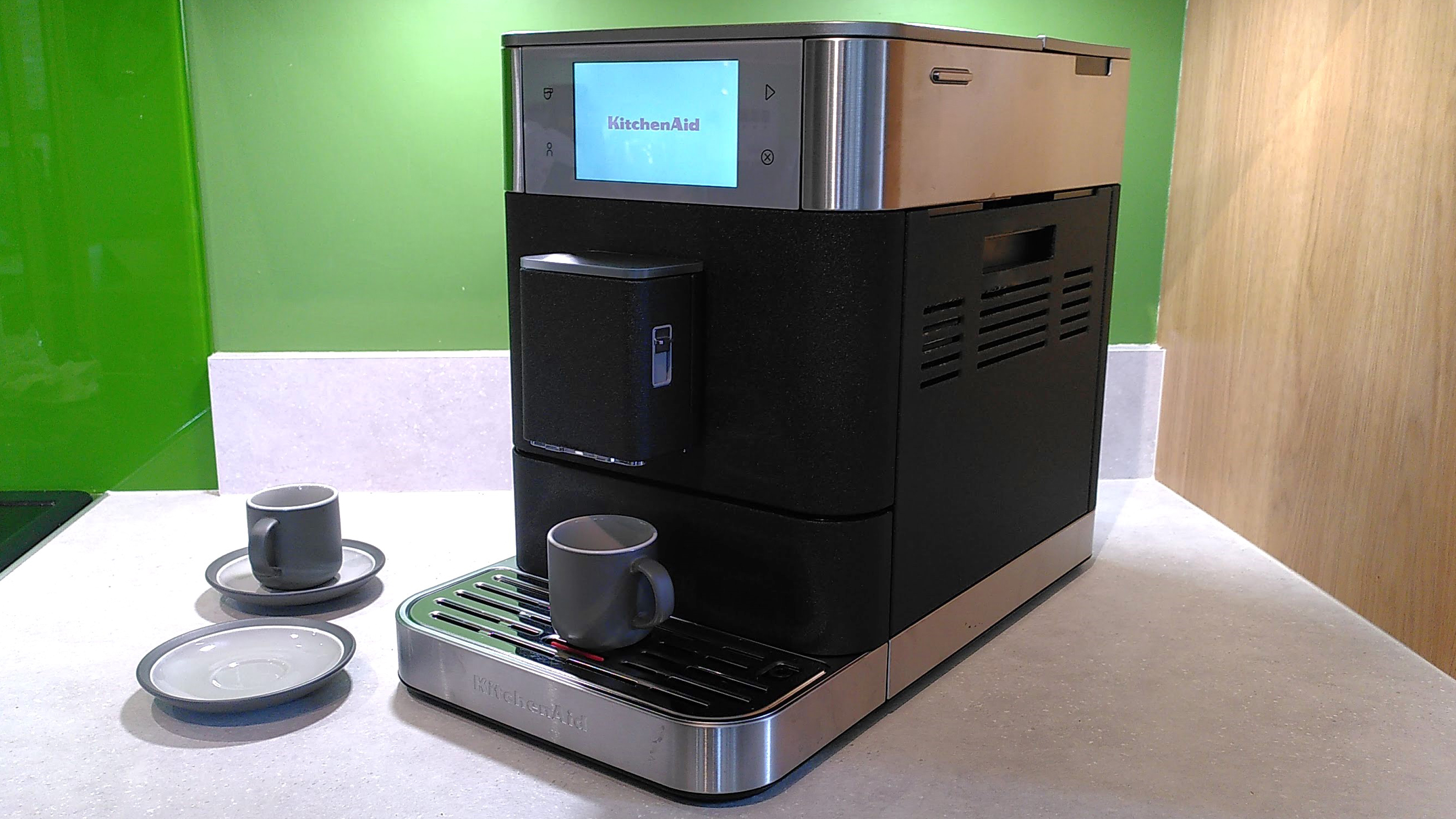
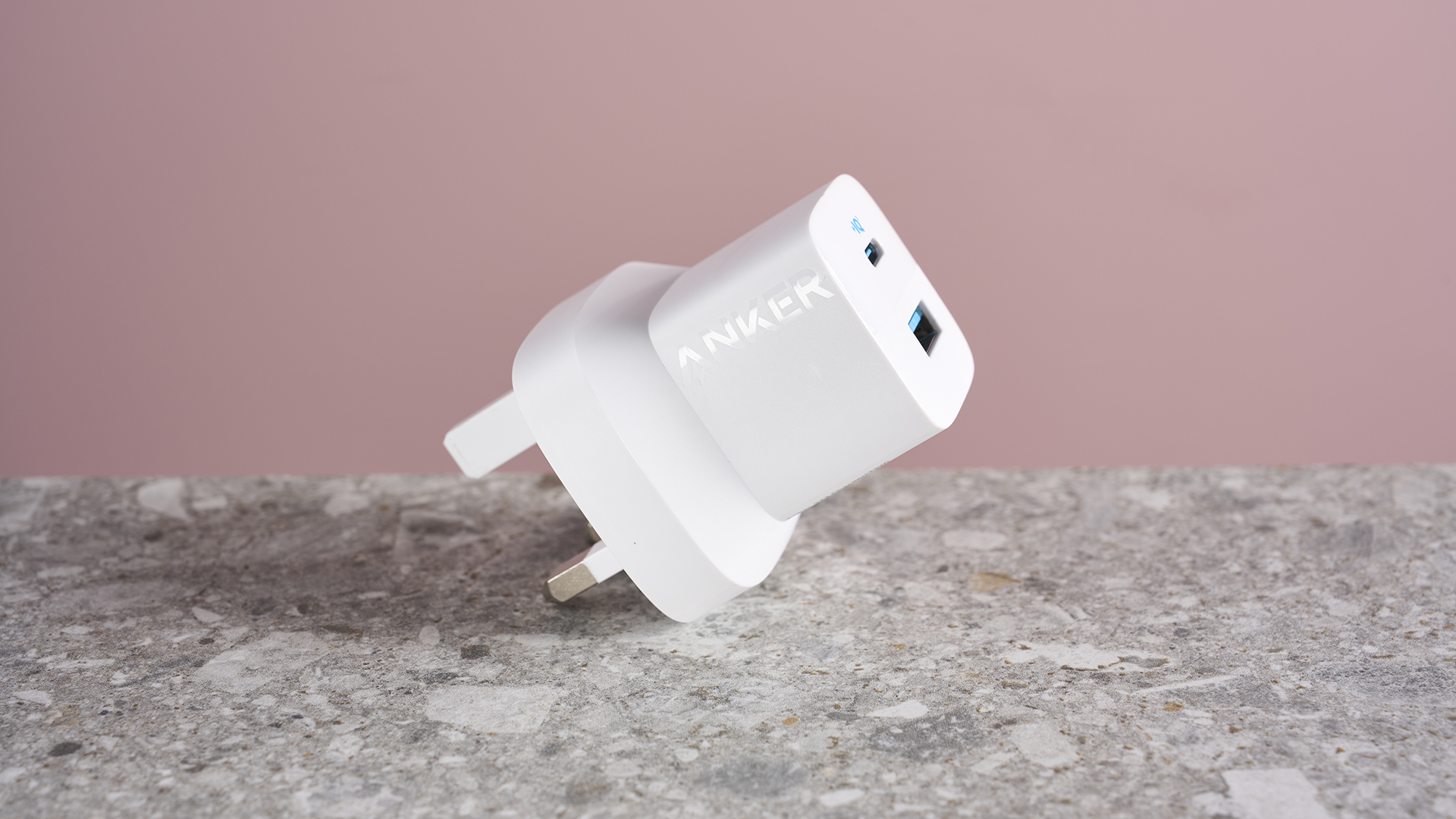
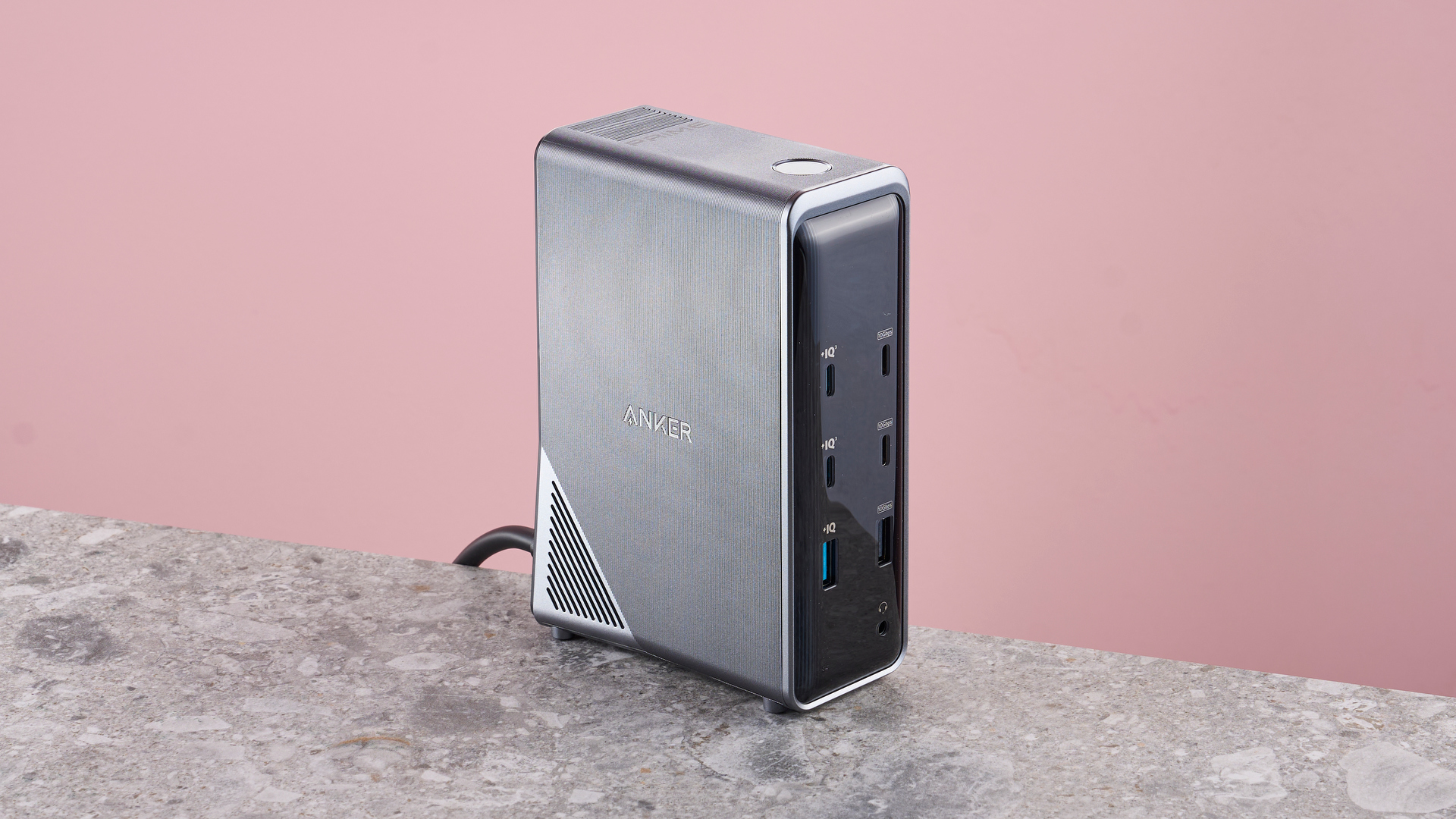
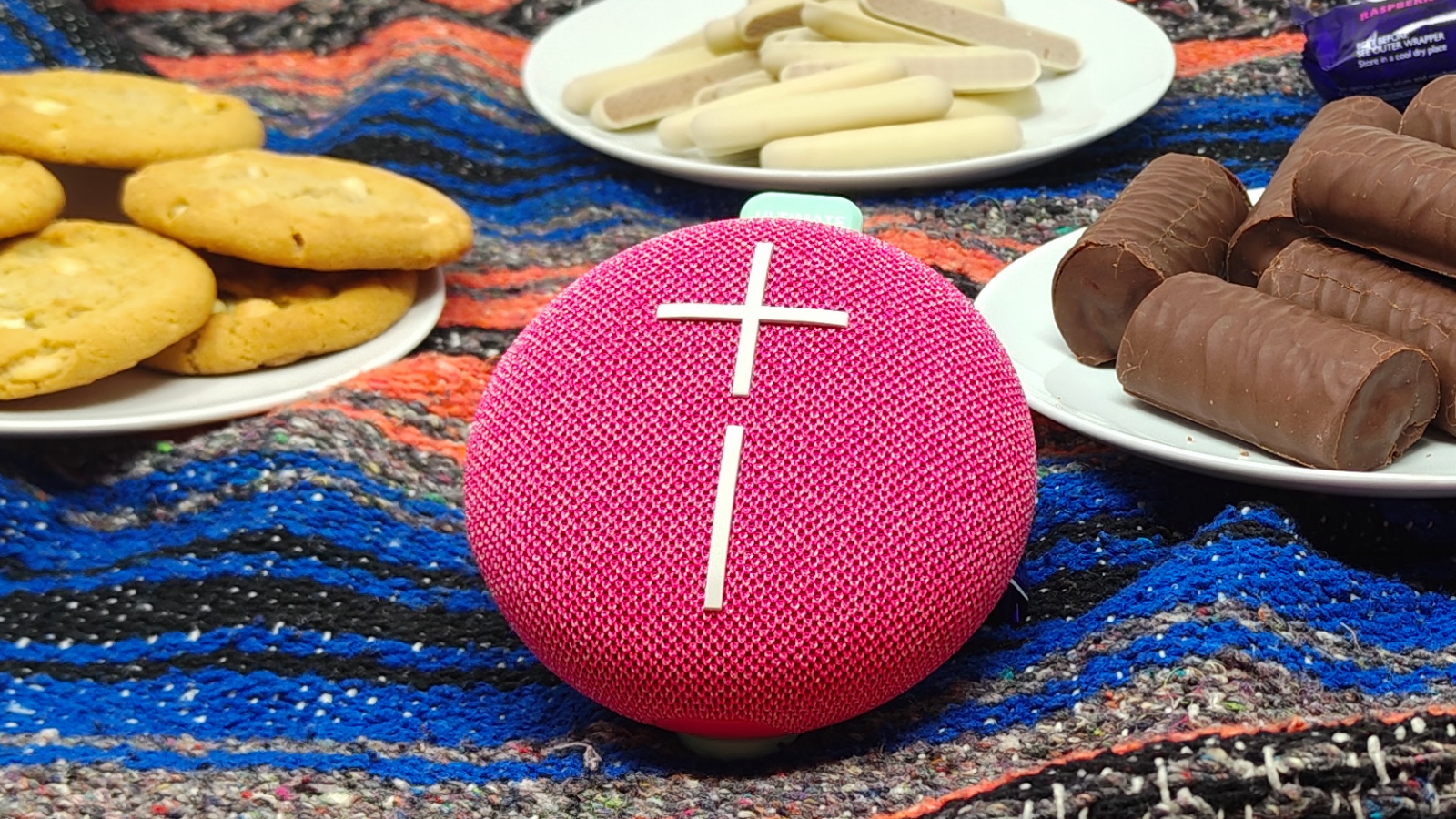

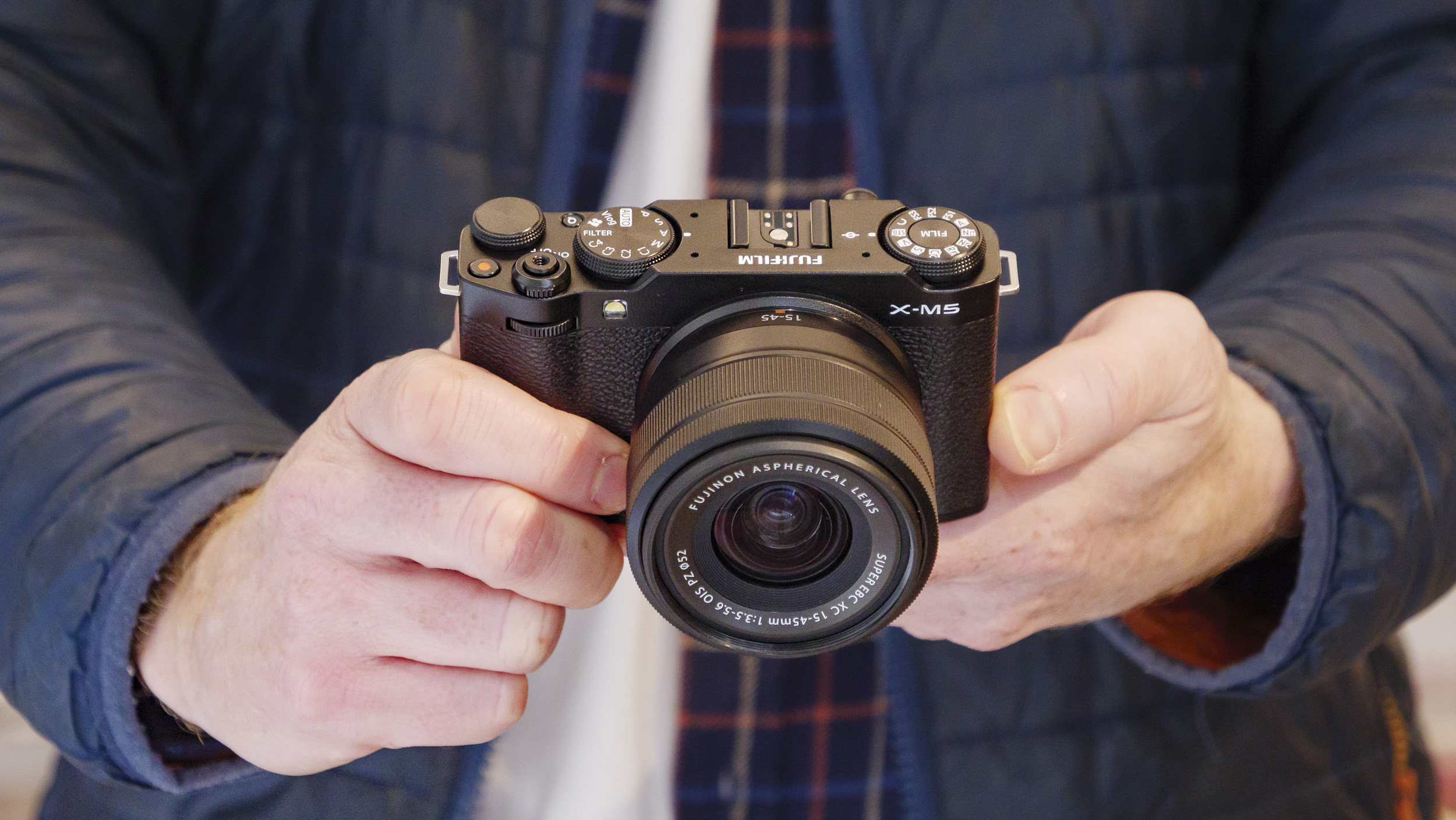

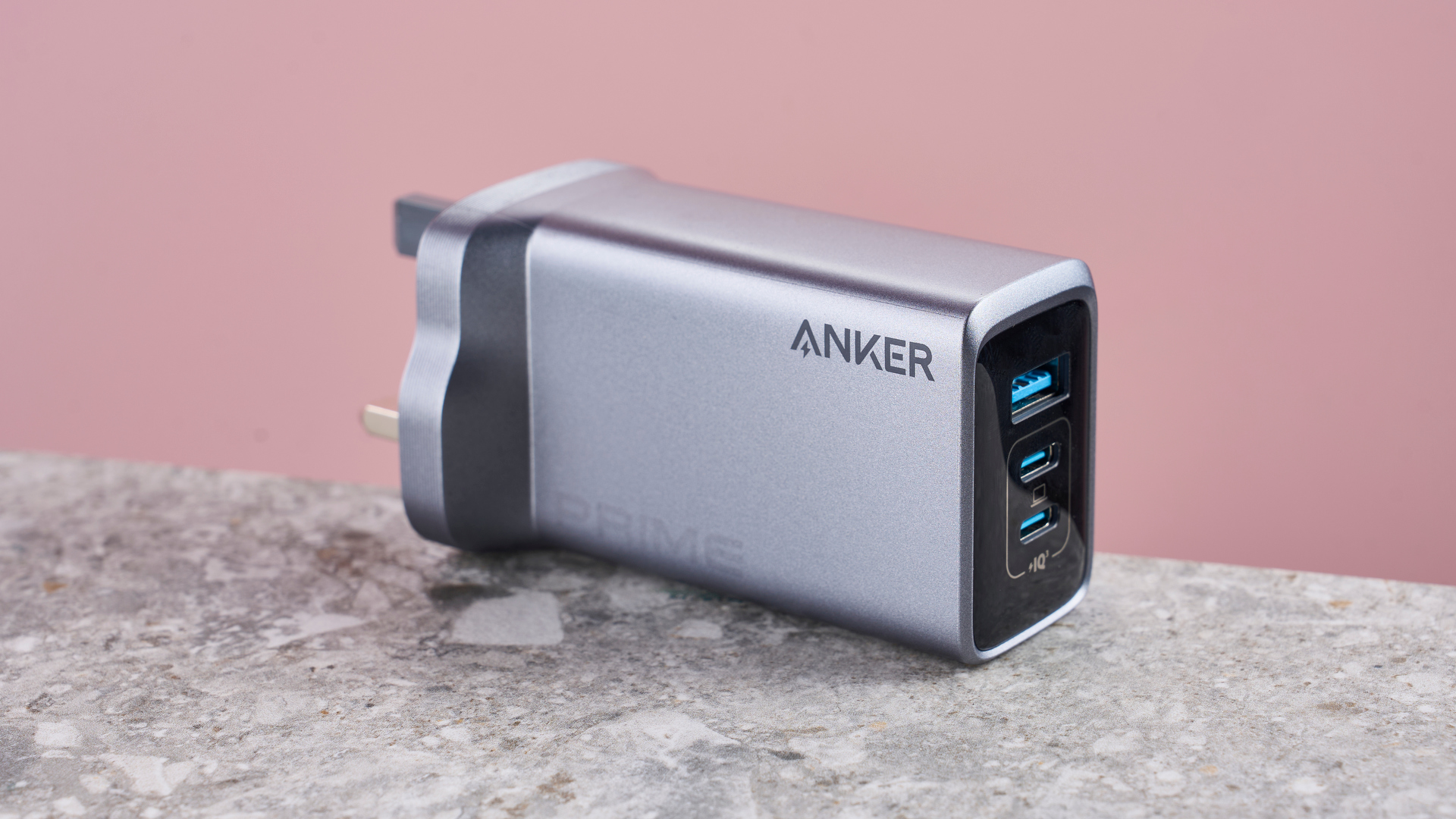

-
 1SMBs are being hit hardest by cybersecurity skills gap
1SMBs are being hit hardest by cybersecurity skills gap -
2Hands on: Amazon Kindle Colorsoft: The color Kindle you’ve been dreaming of is finally here
-
3‘Sipultie’ online drugs market servers seized by Finnish authorities
-
4What does it take to manage a top level domain?
-
5Lonely Planet is Netflix’s #3 most-watched movie but it’s not loved by critics – here are 3 better romantic dramas with over 85% on Rotten Tomatoes to watch instead



